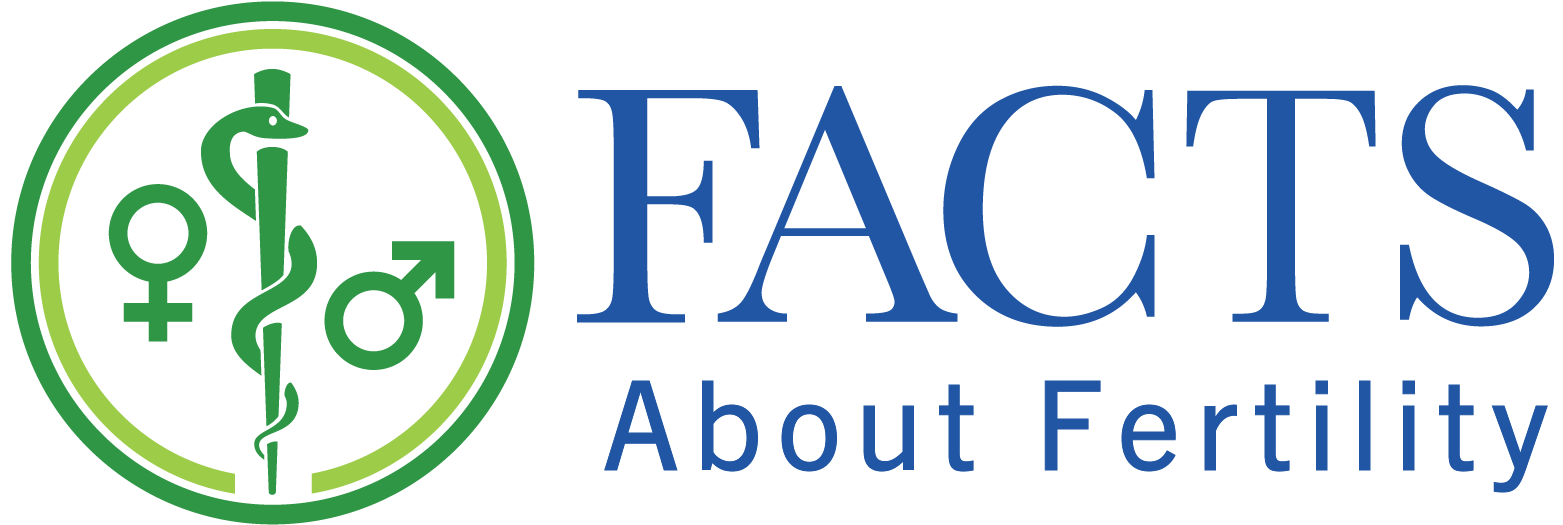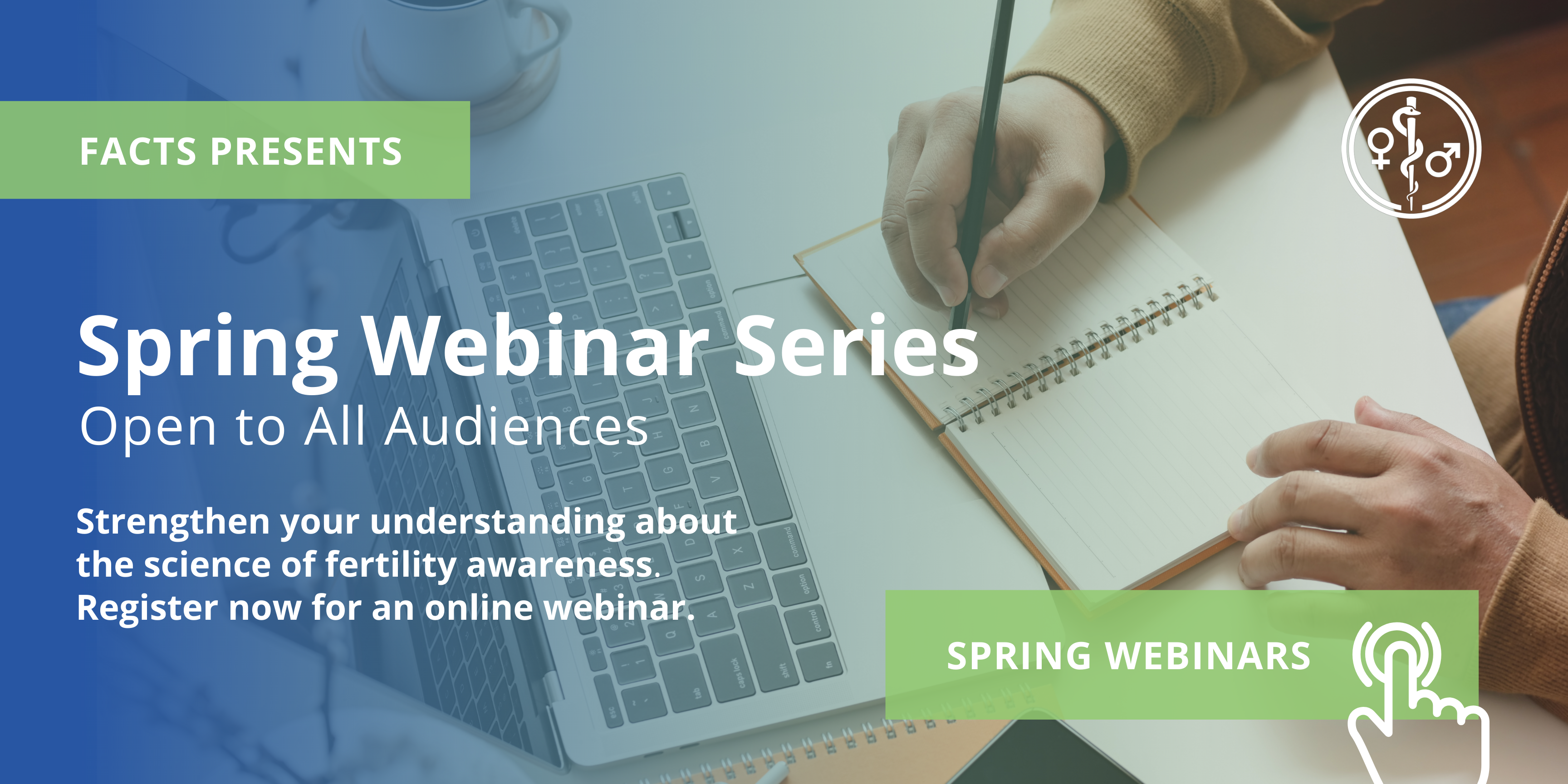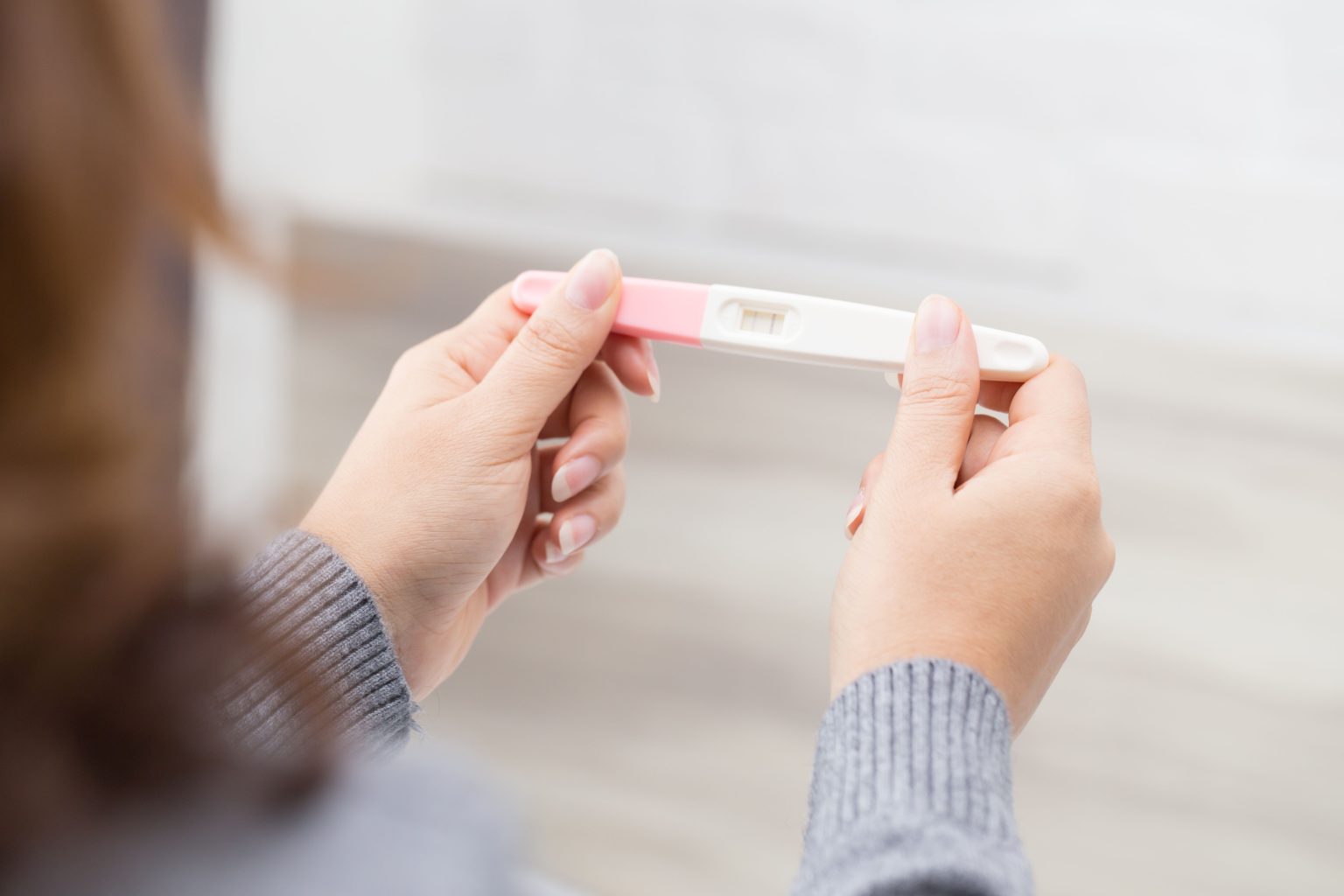By: Catherine Cahill
Editor’s Note: Teaching young girls and adolescents to chart their cycles provides day-to-day documentation of ovulatory cycles, bleeding patterns, the presence or absence of healthy cervical mucus patterns, and more—information that may hasten the diagnosis of most menstrual disorders seen in this age group. This simple intervention would also spare countless young women the potential effects of synthetic hormones so early in their reproductive years.
Below is a brief synopsis of an article[1] written by Greydanus et al titled, “Menstrual Disorders in Adolescent Females: Current Concepts.” Beyond summarizing the article, Catherine Cahill expands the topic by describing the benefits of incorporating fertility awareness-based methods (FABMs) in the evaluation and management of these common conditions.
Introduction
Menstrual disorders are incredibly common in women, and even more so in adolescents, particularly during the first few years following menarche. These conditions often continue into adulthood, having been addressed inadequately in adolescence. In the article by Greydanus et al, the authors describe common disorders affecting adolescent females, including dysfunctional uterine bleeding (DUB), primary and secondary amenorrhea, polycystic ovary syndrome (PCOS), primary and secondary dysmenorrhea, premenstrual syndrome (PMS), and pelvic pain etiologies, along with their prognosis and management at the time of publication.
For decades, common-practice medicine has focused on addressing the majority of fertility cycle disorders with a singular treatment: the birth control pill (oral contraceptive pills or OCPs). Yet, the pill is not without side effects, and is limited in its ability to address the underlying conditions surrounding abnormal cycles. The article below discusses each category of disorders and adds the use of fertility awareness-based methods as a wholistic, empowering response and management approach to these reproductive health issues.
Yet, the pill is not without side effects, and is limited in its ability to address the underlying conditions surrounding abnormal cycles.
Dysfunctional Uterine Bleeding
Dysfunctional uterine bleeding is a diagnosis of exclusion after other causes of abnormal bleeding have been ruled out, including inherited and acquired coagulation disorders, trauma, infection, complications of pregnancy, local lesions, systemic conditions, and a variety of other pathologies.[1] DUB is “prolonged, excessive or unpatterned uterine bleeding not caused by uterine anatomical conditions.”[1] In adolescent females, it is commonly a result of anovulation during the first five years following menarche. If not resolved within 4-5 years after a girl’s first menstrual cycle, it often persists into adulthood without proper treatment.
Over 15% of adult women suffer from DUB, while the rate in adolescent females is much higher. Oral contraceptive pills are frequently offered to young females as the solution rather than a targeted evaluation and treatment for anovulation, something that is mapped out through charting with FABMs.
Amenorrhea
Amenorrhea is an absence of menstrual flow. Primary amenorrhea is a lack of menstruation by 14-16 years of age despite normal growth and secondary sexual characteristics. It occurs in approximately 3% of adolescent females and is most often due to a physiologic delay.[1] However, it can also be due to several congenital syndromes, all of which require further evaluation.
Secondary amenorrhea is a lack of menstruation for 4-6 months after menarche has already occurred. It is commonly seen in females who are overweight, underweight, or competitive athletes (10-15%).[2] To distinguish between primary and secondary amenorrhea, the most helpful starting point is a detailed menstrual and ovulation history, which can be obtained via charted bleeding patterns and mucus observations tracked with FABMs.
Polycystic Ovary Syndrome
PCOS is diagnosed based on the presence of two of the following three criteria: elevated androgens, anovulatory cycles/oligomenorrhea, and/or at least twelve or more cystic follicles on pelvic ultrasound. It is found in 5-10% of adolescents and adults, accounting for 75% of women which chronic abnormal cycles (oligomenorrhea).[3] Patients commonly have abnormal cycles because of imbalanced sex hormones that can make it difficult to diagnose in the first few years after menarche. Consistent charting of the ovulatory and menstrual cycle can reveal the first signs of underlying disease. Unfortunately, many of these patients are not diagnosed until adulthood, and often present initially with infertility.
Dysmenorrhea
Dysmenorrhea is pain during menstruation that can be primary or secondary. Secondary dysmenorrhea is due to an underlying pelvic abnormality, while primary is not. Painful periods are by far the most common reason for school and work interference or absences. About two-thirds of females report some menstrual pain, one-third have moderate pain, and 14% suffer from severe pain.[1] Some causes of secondary dysmenorrhea include endometriosis, endometritis, pelvic inflammatory disease (PID), and ovarian cysts, all of which require further evaluation. Because pain with menstruation is so common, many women deal with it throughout their reproductive lives, assuming it to be “normal.” And while OCPs can be helpful in decreasing painful symptoms, they neither diagnose nor address the underlying conditions.
Premenstrual Syndrome
PMS refers to a combination of emotional and physical symptoms that occur in the days to weeks leading up to menstruation. These symptoms can include bloating, breast tenderness, gastrointestinal issues, fatigue, headaches, food cravings, depression, anxiety, mood swings, and more. Most women endorse some symptoms in the week before their period, but 3-8% report severe features.[4]
PMS symptoms should never be ignored by medical professionals. As with dysmenorrhea, most women live with these symptoms and commonly take non-steroidal anti-inflammatory drugs (NSAIDs) or OCPs for relief. Because PMS may be linked to inadequate hormone levels, the pill has limited effectiveness despite its common use.
Pelvic Pain
The pain associated with ovulation, known as Mittelschmerz, is self-limited and benign. After all other possible causes have been ruled out, reassurance is important for these patients. One such possible etiology to include in the differential diagnosis is endometriosis, or endometrial tissue implanted outside the uterus. While most often seen in adult women, 40-65% of adolescents are thought to have endometriosis.[5]
Since the wide availability of the pill, it has become a first-line treatment for endometriosis. While it can aid in alleviating pain, the pill does not treat the root cause of the condition. By masking the symptoms of a condition that persists untreated, this approach ends up delaying potentially curative surgical treatment. Like women with PCOS, these women often present as adults with infertility, having never had the cause of their symptoms addressed.

The Response: A Different Approach
The woven thread among all these disorders is that they are common, they can and often interfere with a woman’s life beginning in adolescence, and they are all offered the same treatment, despite their differing etiologies and presentations. There are, however, alternatives to OCPs that seek to restore reproductive health through understanding and informed decision making. Fertility awareness-based methods are a collection of charting approaches that utilize different fertility biomarkers, including bleeding patterns, cervical mucus, basal body temperature, and/or urinary hormones.
Women who learn how to chart their cycles learn to identify cervical mucus patterns and signs of healthy bleeding and fertility as well as any abnormalities. As they become aware of their normal day-to-day and monthly patterns, underlying etiologies can become apparent by comparison to normal cycles — patterns that would not be revealed by treatment with OCPs. As a woman comes to understand her reproductive cycle in a way that allows her to learn about her body, she can make informed decisions and receive treatments targeted to address the underlying cause.
The beauty of teaching FABMs to adolescent females is not only the education and empowerment they gain from knowing what is happening to their bodies during a pivotal time in life, but also early detection and intervention that can spare them much frustration and heartache in the future.
Editor’s Note: Catherine Cahill wrote this review while on the FACTS elective. She also interviewed two couples and summarized their story of how using three different FABMs met their needs. Follow the link to her article, Authentic Journeys with Fertility Awareness-Based Methods, which was among the Top 10 best interviews published by FACTS in 2021.
References
[1] Greydanus DE, Omar HA, Tsitsika AK, Patel DR. Menstrual disorders in adolescent females: current concepts. Dis Mon. 2009;55(2):45-113. doi:10.1016/j.disamonth.2008.10.004.
[2] Greydanus DE, Patel DR. The female athlete. Before and beyond puberty. Pediatr Clin North Am. 2002;49(3):553-vi. doi:10.1016/s0031-3955(02)00005-6.
[3] Greenfield TP, Blythe MJ. Menstrual disorders in adolescents. In: Greydanus DE, Patel DR. Pratt HD. Essential adolescent medicine. New York: McGraw- Hill, 2006:591-612.
[4] Endicott J, Amsterdam J, Eriksson E, et al. Is premenstrual dysphoric disorder a distinct clinical entity?. J Womens Health Gend Based Med. 1999;8(5):663-679. doi:10.1089/jwh.1.1999.8.663.
[5] Laufer MR, Sanfilippo J, Rose G. Adolescent endometriosis: diagnosis and treatment approaches. J Pediatr Adolesc Gynecol. 2003;16(3 Suppl):S3-S11. doi:10.1016/s1083-3188(03)00066-4.
ABOUT THE AUTHOR

Catherine Cahill
Catherine Cahill is a fourth-year medical student at the University of the Incarnate Word School of Osteopathic Medicine in San Antonio, Texas. Her goal is to become a general pediatrician and utilize FABMs in her practice to educate and empower adolescents and teen girls in regards to their health. Cahill also plans to utilize FABMs in her own life and is grateful for the transformative and foundational knowledge of the FACTS elective.
Inspired by what you read?
You can support the ongoing work of FACTS here. To connect with a member of our team, please email de*********@*****************ty.org. Interested in becoming an individual or organizational member? You can learn more and register here. To discuss with a member of our team, please email me********@*****************ty.org.






